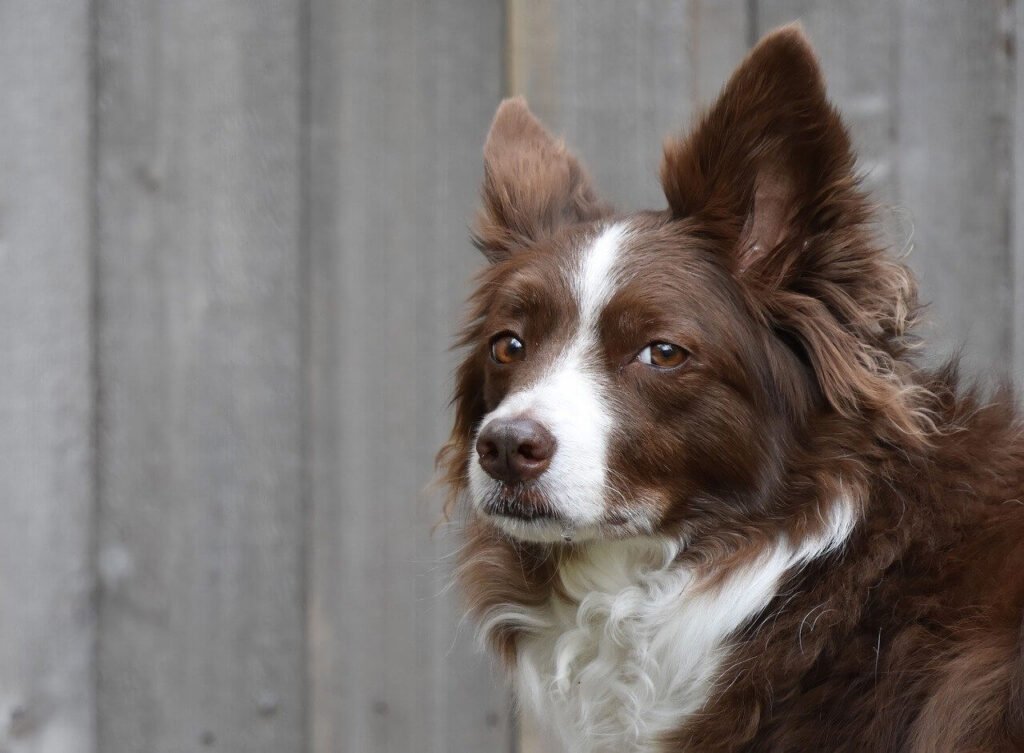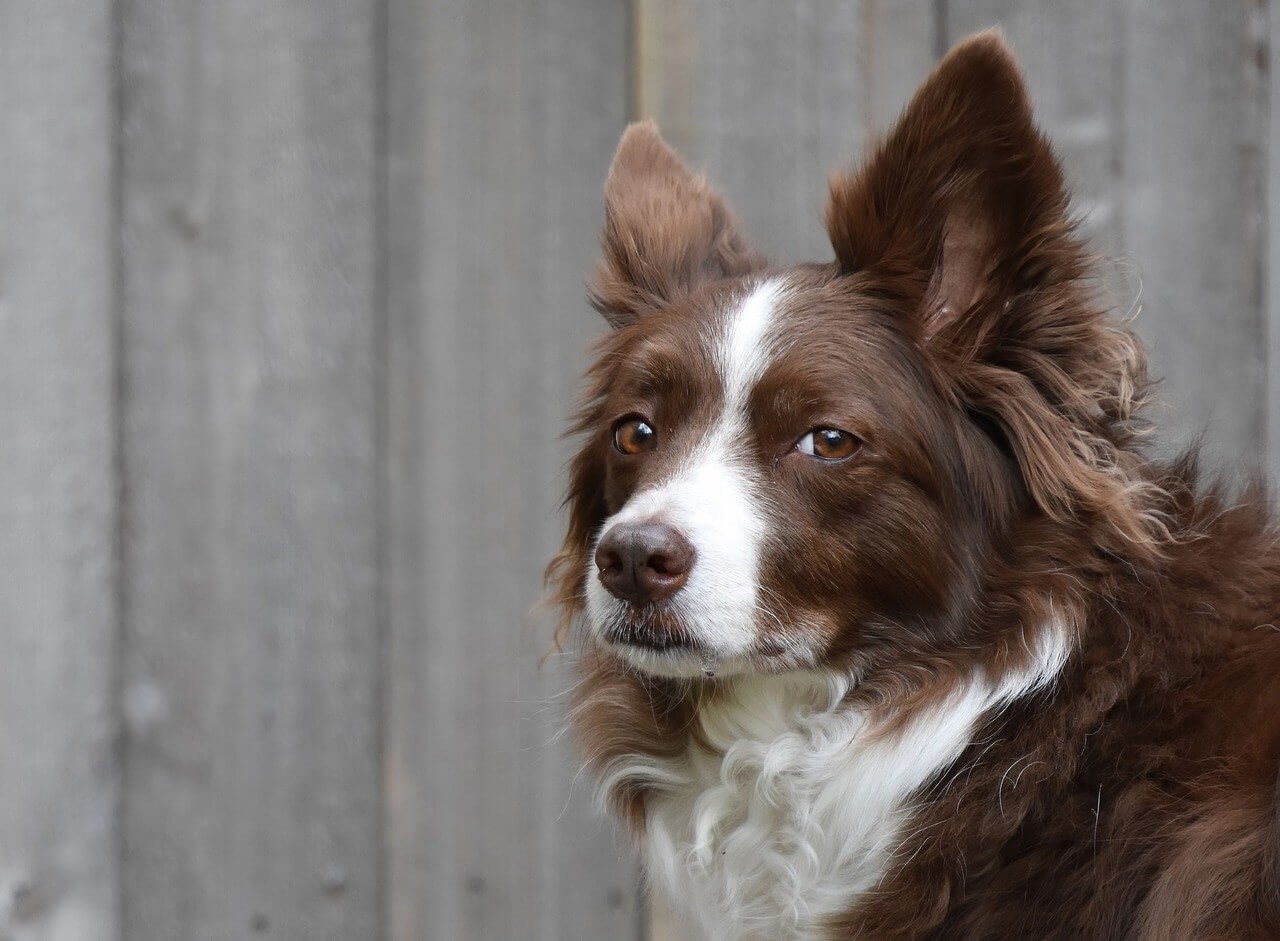Can I Use a Regular Toothbrush on My Dog?
Dental hygiene is just as important for dogs as it is for humans. However, many pet owners wonder whether they can use a regular toothbrush to clean their dog’s teeth. While it might seem like a convenient solution, there are key differences between human and canine dental care that need to be considered. In this blog post, we’ll explore whether a regular toothbrush is suitable for your furry friend, discuss alternatives, and provide practical tips to keep your dog’s teeth healthy and sparkling clean.
Why Dental Care Matters for Dogs
Maintaining your dog’s oral health is essential for their overall well-being. Poor dental hygiene can lead to plaque buildup, gum disease, and even serious health issues like heart or kidney problems.
Dogs are prone to dental diseases, with over 80% of pets showing signs of periodontal disease by age three.
Bacteria from dental infections can enter the bloodstream, affecting vital organs.
Regular brushing helps remove food particles and plaque before they harden into tartar.
Good dental care can prevent bad breath, which is often a sign of underlying dental issues.
A healthy mouth contributes to a happier, more comfortable life for your dog.
By prioritizing dental care, you’re not just protecting your dog’s teeth—you’re safeguarding their entire body from potential harm.
Can a Regular Toothbrush Be Used on Dogs? Key Considerations
While a regular toothbrush might seem like an easy option, it’s important to evaluate its suitability for your dog’s unique needs. Here are some factors to consider:
Human toothbrushes are designed for flat, smooth surfaces, while dog teeth are sharper and require a different approach.
The bristles on a regular toothbrush may be too harsh, potentially damaging your dog’s gums.
Dog-specific toothbrushes often have angled heads or dual brushes to reach all areas of their mouth comfortably.
Finger brushes are another alternative, offering better control and gentler cleaning for sensitive dogs.
Using a regular toothbrush without proper technique can stress your dog, making them resistant to future brushing sessions.
If you decide to use a regular toothbrush, proceed with caution and ensure it’s soft-bristled. However, investing in a dog-friendly tool is highly recommended for optimal results.
Check this guide 👉5 Best Dog Finger Toothbrushes for Ultimate Dental Care!
Check this guide 👉Top 5 Essential Dog Toothbrushes for Ultimate Dental Care!
Check this guide 👉5 Best Dog Dental Powders for Ultimate Oral Health Boost!

Pros of Using a Regular Toothbrush | Cons of Using a Regular Toothbrush |
|---|---|
Readily available at home | May not effectively clean dog teeth |
Cost-effective if you already own one | Bristles can irritate dog gums |
Easy to handle for small dogs | Not designed for canine dental anatomy |
Can be used temporarily in emergencies | Risk of causing discomfort or stress |
Familiarity for first-time brushers | Limited ability to reach back teeth |
Tips for Brushing Your Dog’s Teeth Safely
Whether you choose a regular toothbrush or a dog-specific tool, proper technique is crucial to avoid harming your pet. Follow these tips for a safe and effective brushing session.
Start by introducing the toothbrush gradually, letting your dog sniff and get comfortable with it.
Use only pet-safe toothpaste, as human toothpaste contains ingredients that are toxic to dogs.
Begin with short sessions, focusing on the front teeth before moving to harder-to-reach areas.
Reward your dog with treats or praise after each session to create positive associations.
Be gentle and patient; forcing the process can make your dog fearful of future cleanings.
With consistent practice and a calm approach, brushing your dog’s teeth can become a bonding experience rather than a chore.
Alternatives to a Regular Toothbrush for Dog Dental Care
If you’re looking for tools specifically designed for dogs, there are several excellent alternatives to a regular toothbrush. These options cater to your dog’s unique dental needs.
Dual-headed toothbrushes clean both sides of the teeth simultaneously, saving time and effort.
Finger brushes allow you to gently rub your dog’s teeth and gums with precision.
Dental wipes are a no-mess option for removing surface plaque and debris.
Chew toys designed for dental health help reduce plaque and tartar naturally.
Water additives can complement brushing by reducing bacteria in your dog’s mouth.
Exploring these alternatives ensures you find the best solution for your dog’s comfort and oral health.
Signs Your Dog Needs Better Dental Care
If you’re unsure whether your dog’s dental health is on track, certain signs can indicate the need for improved care. Recognizing these symptoms early can prevent more serious issues down the road.
Persistent bad breath that doesn’t go away after brushing may signal an underlying dental problem.
Red, swollen, or bleeding gums are common signs of gingivitis or infection.
Loose or missing teeth often indicate advanced periodontal disease.
Difficulty chewing or refusing to eat can suggest pain or discomfort in the mouth.
Excessive drooling or pawing at the mouth may point to irritation or injury.
By staying vigilant and addressing these signs promptly, you can ensure your dog receives the care they need to maintain a healthy smile.
Benefits of Regular Dental Cleanings at the Vet
While at-home brushing is essential, professional dental cleanings at the vet offer additional benefits that shouldn’t be overlooked. These cleanings provide a deeper level of care that goes beyond what you can achieve at home.
Vets use specialized tools to remove tartar buildup both above and below the gumline.
Professional cleanings include a thorough examination to detect early signs of dental disease.
X-rays can identify hidden issues like root infections or bone loss that aren’t visible externally.
Scaling and polishing leave your dog’s teeth smoother, reducing the risk of future plaque accumulation.
Regular vet cleanings can extend the lifespan of your dog by preventing systemic health problems.
Incorporating professional cleanings into your dog’s routine ensures comprehensive dental care and peace of mind for you as a pet owner.
Fun Ways to Make Dental Care Enjoyable for Your Dog
Dental care doesn’t have to feel like a chore—for you or your dog! By incorporating fun activities and rewards, you can make it an enjoyable experience for everyone involved.
Use flavored dog toothpaste, such as peanut butter or chicken, to make brushing more appealing.
Turn brushing sessions into a game by setting a timer and rewarding your dog afterward.
Offer dental chews as a treat after brushing to reinforce positive behavior.
Play tug-of-war with rope toys, which can help scrub teeth naturally during playtime.
Create a “dental care station” with all the tools and treats your dog loves, making it a special ritual.
By adding a touch of creativity and enthusiasm, you can transform dental care into a bonding activity that your dog looks forward to.
Frequently Asked Questions About Brushing Your Dog’s Teeth
How often should I brush my dog’s teeth?
Ideally, you should brush your dog’s teeth daily, but even a few times a week can make a significant difference.
Can I use coconut oil instead of toothpaste?
Coconut oil is safe and has antibacterial properties, but it’s not a substitute for professional-grade dog toothpaste.
What should I do if my dog resists brushing?
Gradually introduce the process, use positive reinforcement, and consider alternative tools like dental wipes or chews.
Are electric toothbrushes safe for dogs?
Some electric toothbrushes are safe, but they may overwhelm anxious dogs. Consult your vet before trying one.
How can I tell if my dog has dental problems?
Signs include bad breath, swollen gums, difficulty eating, or visible tartar buildup. Schedule a vet visit if you notice any of these symptoms.
Prioritizing Your Dog’s Dental Health
Taking care of your dog’s teeth is a vital part of being a responsible pet owner. While a regular toothbrush can work in a pinch, investing in dog-specific tools ensures safer and more effective cleaning. By combining proper brushing techniques with regular vet checkups and supplementary dental care products, you can help your dog maintain a healthy mouth and a happy life. Remember, prevention is always better than treatment—so start today and give your furry friend the gift of lifelong dental wellness.
Understanding Scabs in Dogs Ears: Best 7 Tips! Learn how to identify, treat, and prevent scabs in your dog’s ears for optimal ear health.
Is Cinnamon Bad for Dogs? Best 7 Health Tips! Discover safe ways to use cinnamon, risks to avoid, and expert advice to keep your dog healthy.
Can Dogs Get Pneumonia from Humans? Best 7 Tips! Learn how to protect your dog, understand transmission risks, and ensure their respiratory health.
Can Dog Urine Make You Sick? Best 7 Health Tips! Learn how to stay safe, prevent illness, and handle exposure to dog urine effectively.





